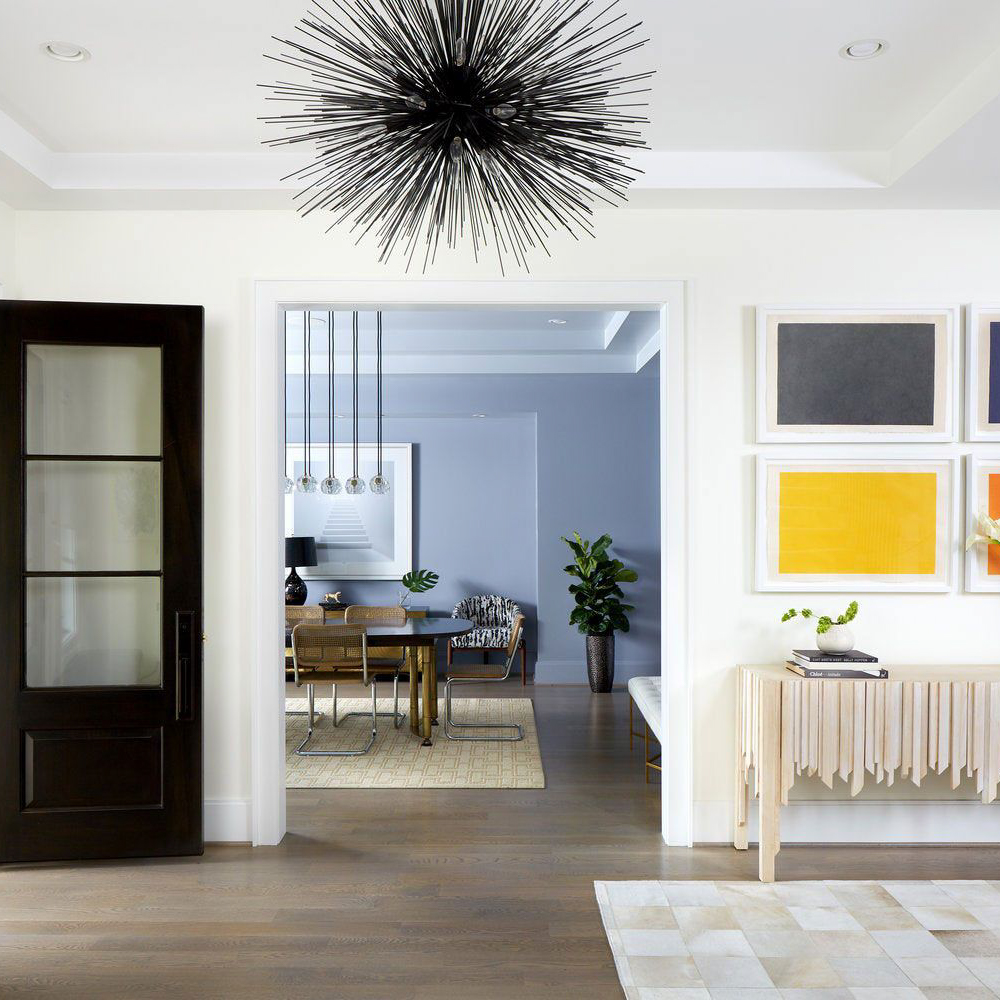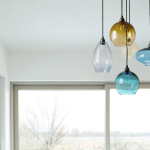
Introduction
Ceiling lights play a significant role in the aesthetics and functionality of any space. Whether it’s a home, office, or commercial establishment, the proper placement and design of ceiling lights can create the perfect ambiance and enhance the overall functionality of the area.
This article delves deep into the art of optimal ceiling lights layout, covering the fundamental principles, types of ceiling lights, and how to create a balance between function and design.
Fundamental Principles of Ceiling Lights Layout
The primary objective of ceiling light layout is to design a functional and visually appealing lighting system that meets the requirements of the space. Several fundamental principles are essential to understand before getting into the specifics of the layout.
Brightness
The brightness of the ceiling lights depends on the intended use of the space. For instance, a kitchen would require brighter lights than a bedroom.
Color Temperature
Different ceiling lightbulbs have varying color temperature, which affects the ambiance they create. The color temperature ranges from warm (yellow) to cool (blue). Warm lights are suitable for relaxing spaces, while cooler lights are perfect for workstations.
Spacing
The spacing of ceiling lights should be proportional to the size of the room. Small spaces require fewer fixtures, while larger rooms would require more.
Types of Ceiling Lights
There are several types of ceiling lights; each has its unique lighting qualities, shapes, and sizes.
Chandeliers
Chandeliers are elegant, hanging light fixtures that add sophistication to any room. They have several bulbs and intricate designs.
Recessed Lights
Recessed lights or can lights are sleek and modern-looking, and they blend seamlessly into the ceiling. They come in various sizes and shapes and are commonly used in modern or minimalist decors.
Flush-Mount Lights
Flush-mount lights are the most common ceiling lights in households. They are budget-friendly, easy to install, and available in a wide variety of sizes and designs.
Creating a Balance
To create an optimal ceiling lights layout, it’s crucial to balance functionality and design. Here are a few tips to achieve balance:
Layering
Layering involves the use of different types of ceiling lights to create various lighting effects. For instance, combining recessed lights, chandeliers and floor lamps in a living room can create ambiance and provide task lighting.
Dimmers
Dimmers allow the user to adjust the brightness of the light to suit their needs. They are especially useful in bedrooms, where the need for bright lights varies with the time of day.






